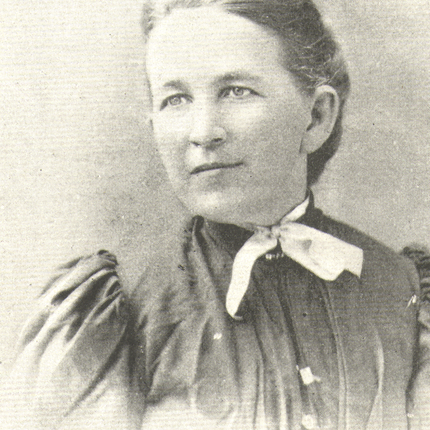Mary Reed - TLM Hero
Mary Reed - TLM Hero
Missionary, American

For the first ten years of her career, Mary Reed (1854–1943) was a school teacher in her home state of Ohio, USA. But in 1884, she travelled to India as a missionary of the Women’s Foreign Missionary Society of the Methodist Episcopal Church. Once there, she worked with women who were segregated under the purdah system at that time.
During a period of ill-health, Mary returned to the US to recover. Her suspicion that she had contracted leprosy was later confirmed by specialist doctors, with the news temporarily overwhelming her. Soon after the diagnosis though, Mary made the decision to return to Pithoragarh, at the foothills of the Himalayas, and make it her life’s work to support persons affected by leprosy in India.
She kept the diagnosis a secret from everyone in her family, except her sister, and focused on building up an institution at Chandag on behalf of The Leprosy Mission. Here she became the Superintendent of what was known as the 'Asylum for Lepers' – living and working among people ostracised from society, and modelling treatment and accommodation for patients of the future. She was awarded the Kaisar-i-Hind Medal for her work.